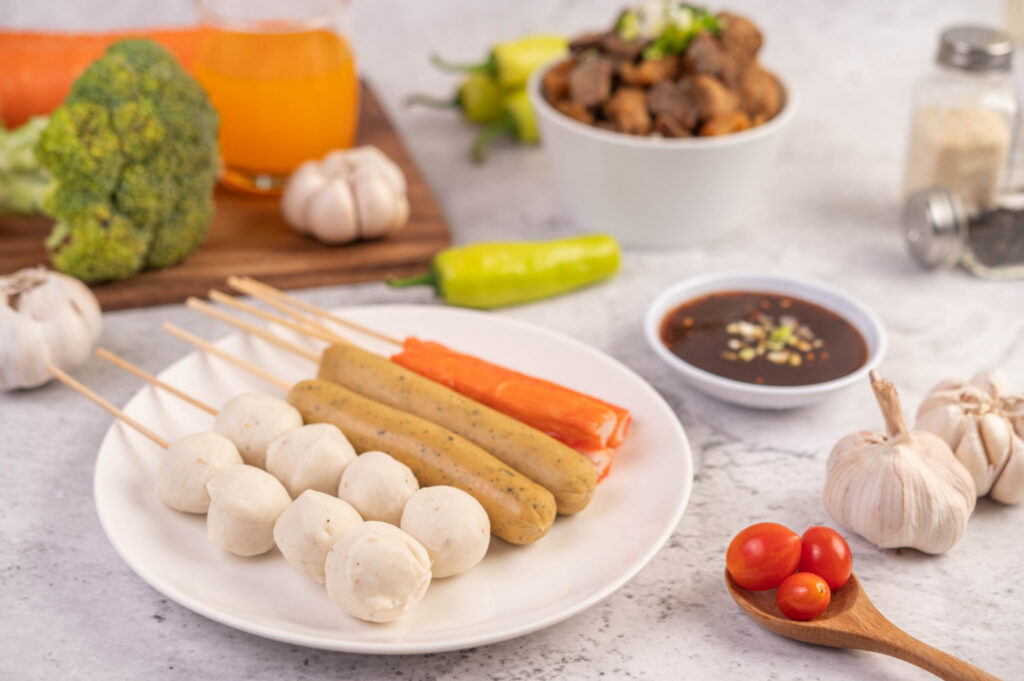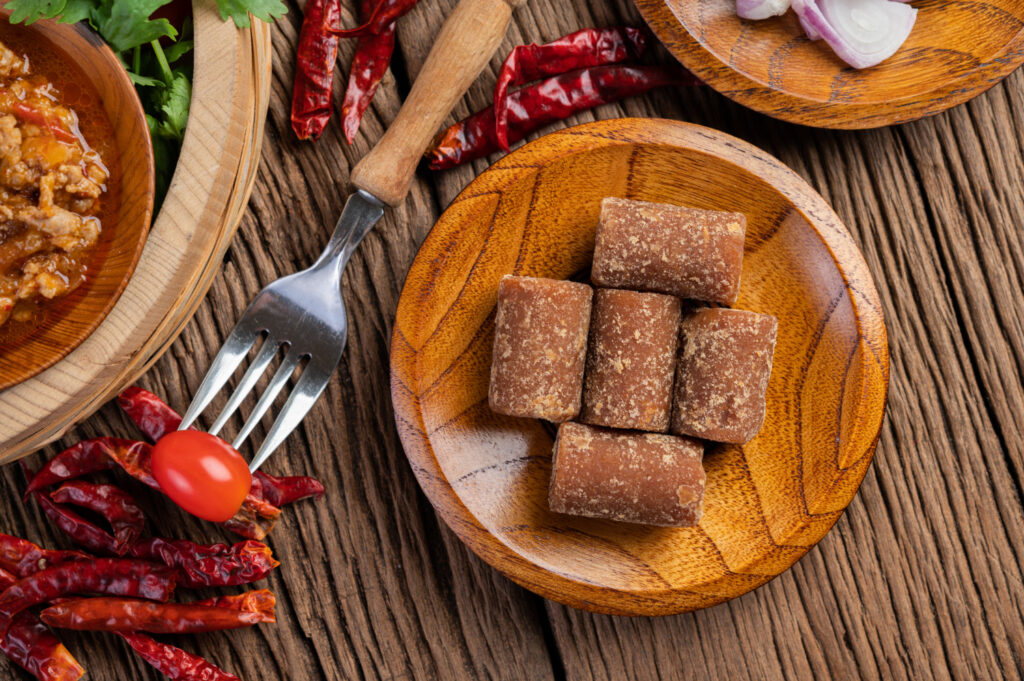In a multicultural country like Malaysia, where diverse ethnicities coexist harmoniously, food becomes a remarkable expression of cultural richness. When two individuals from different backgrounds come together in a newlywed kitchen, it opens up an opportunity to create something unique and delightful through the exploration of fusion recipes. This article aims to guide Malaysians on how to integrate cultural cuisines, providing insights into the “what,” “how,” and the advantages of experimenting with fusion recipes. Click tupperware online for more information.
What are Fusion Recipes?
Fusion recipes are culinary creations that combine elements from different cultural cuisines. They offer a delightful blend of flavors, techniques, and ingredients from diverse food traditions. By merging the best of both worlds, fusion recipes offer a unique and exciting dining experience.

The Advantages of Exploring Fusion Recipes
- Enhanced Culinary Creativity: Fusion recipes allow newlyweds to exercise their culinary creativity and experiment with various flavors, textures, and cooking techniques. By combining ingredients and techniques from different cultures, they can create dishes that reflect their unique heritage and preferences.
- Expanded Palate: Integrating cultural cuisines broadens the palate of both individuals. It introduces new flavors, ingredients, and cooking methods, opening doors to an array of exciting gastronomic experiences. This exploration can lead to the discovery of new favorite dishes and a shared appreciation for each other’s cultural heritage.
- Strengthening Cultural Bonds: Through fusion recipes, newlyweds can learn more about each other’s cultural backgrounds, traditions, and culinary practices. This process fosters a deeper understanding and appreciation of one another’s heritage, strengthening the bond between partners.
How to Explore Fusion Recipes
- Research and Learn: Start by researching the traditional dishes and ingredients of each partner’s cultural background. Understand the fundamental flavors, spices, and cooking techniques involved. Look for commonalities and areas where flavors can be blended harmoniously.
- Experiment with Complementary Flavors: Begin by incorporating familiar ingredients from both cuisines and gradually introduce new ones. Experiment with complementary flavors, such as combining the spiciness of Malaysian dishes with the tanginess of Indian cuisine or the umami of Chinese cuisine with the aromatic herbs of Thai cuisine.
- Adaptation and Innovation: Adapt traditional recipes by substituting ingredients or modifying cooking techniques to suit personal tastes and preferences. Create new dishes by merging elements from different cuisines, giving rise to exciting and original flavors.
Conclusion
Embracing fusion recipes in a newlywed kitchen provides Malaysians with an incredible opportunity to celebrate their diverse cultural heritage while creating new culinary traditions. By exploring fusion recipes, couples can embark on a gastronomic adventure, enhancing their culinary creativity, expanding their palates, and strengthening their cultural bonds. Through careful research, experimentation, and adaptation, the blending of cultural cuisines can result in unique and delightful dishes that reflect the love, harmony, and diversity found within Malaysian society.
Remember, fusion cooking is not about replacing traditional recipes but rather about celebrating diversity and embracing the joy of culinary exploration. So, step into your newlywed kitchen and embark on a delightful journey of flavor and cultural integration. Happy cooking and bon appétit!

